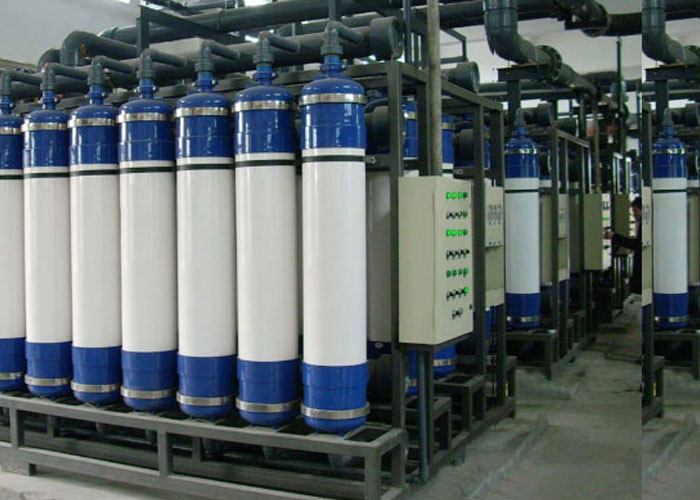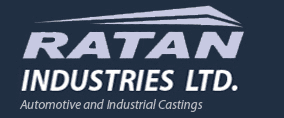Reverse osmosis is an advanced water treatment method used to clean and recycle water. It uses a flat sheet membrane that is spiral wound around a product tube. When water passes through the membrane, it is separated into two parts: the clean permeate and the concentrated reject. The clean permeate flows through the centre product tube, while the concentrated reject remains on the outside of the product tube and is sent to waste. The reverse osmosis element is integrated with other necessary components to create a system that can be used for various industrial processes. These systems save resources and ensure consistent production.
Depending on the location of your home, you might have to purchase an STP to handle your sewage. Generally, residential buildings need at least one STP to treat sewage. Many STPs are located underground, making them difficult to maintain. Moreover, you may not be able to inspect them without hiring an expert. It is better to consult a professional if you have any doubts about the process.
Reverse Osmosis
Ultrafiltration and Reverse Osmosis are technologies that treat water and make it suitable for reuse. They are effective for treating brackish, surface, and groundwater. The technology is currently used in many industries, including pharmaceutical manufacturing, metal finishing, and food and beverage production. Reverse osmosis membranes are susceptible to high salt rejection, which requires regular membrane cleaning or replacement.
Ultrafiltration and reverse osmosis are two processes that remove most contaminants from water by forcing it through a semi-permeable membrane. Ultrafiltration removes particulate matter and reduces water's silt density index, protects reverse-osmosis membranes and is an efficient pre-treatment method for municipal water, seawater, and surface water.
As water resources become more scarce, utilities are exploring options for expanding their potable water use. Most planned potable reuse projects have relied on a full advanced treatment process incorporating ultraviolet light disinfection, reverse osmosis, and microfiltration/ultrafiltration. However, this approach is highly energy-intensive and can pose challenges in inland regions, especially for inland agencies without a convenient method of concentrating treated water. Further, it may limit utilities from considering potable reuse as part of their broader water supply portfolio.
Compared to reverse osmosis, ultrafiltration has a higher initial cost. It is also more expensive in the long run because of the need for regular replacement of the hollow fibre membrane and filters. However, despite its high cost, ultrafiltration does have many advantages.
Ultrafiltration

Ultrafiltration and reverse osmosis are two technologies for the treatment of wastewater. These technologies are used to reduce the amount of ions in wastewater. They also improve the water's quality and reduce the quantity of solid waste. Reverse osmosis membranes have different properties that influence their efficiency. They can reject organics, bacteria, and ions.

Ultrafiltration removes harmful particles and microbes from water, while reverse osmosis removes nearly all dissolved substances. It also removes calcium and magnesium, important minerals for a healthy diet, especially in hot climates. Reverse osmosis also removes turbidity and improves pH levels.
The ultrafiltration system typically uses multiple vessels connected in parallel with an outlet and inlet. The treated effluent from each vessel is collected in a header. The vessels are generally cylindrical. Another configuration, plate and frame membrane, uses aeration systems to scour the membrane surface.
Ultrafiltration and reverse osmosis are two processes that reduce TDS and other contaminants in wastewater. Depending on the type of system, the use of pre-treatment steps may decrease the overall lifecycle cost of a water reuse system. Pre-treatment methods depend on several factors, including power, chemical, and labour costs.
Compared to other methods, membrane filtration offers a significant advantage for reuse applications. The processes produce water safe for human consumption and improve wastewater properties for downstream waterways. In addition to potable water reuse, membrane filtration technology can be used for a wide range of non-potable applications. While DPR systems are not commonplace in the United States, the use of these technologies in communities is increasing.
Reverse Osmosis
While reverse osmosis removes nearly everything from water, ultrafiltration can remove even microscopic particles. Ultrafiltration uses a flushable membrane, which removes dissolved substances. This type of filtration is more efficient and has minimal drawbacks. This type of filtration is often used in dairy production.
The technology is a relatively new development. Originally described in the 19th century, ultrafiltration was first used in 1963, following the development of the asymmetric cellulose acetate reverse osmosis membrane. Technology has come a long way since then. The MIT laboratory first discovered the polyelectrolyte complex hydrogels, which made the technology more efficient. During the 1990s, advances in membrane manufacturing and materials allowed the technology to reach its current efficiency level.
Reverse osmosis removes harmful particles and minerals from water. These include calcium and magnesium, which are necessary for a healthy diet. Those concerned about their water quality may want to consider a portable reverse osmosis unit. These units provide 50,000 litres of clean water a day.
Reverse osmosis uses a semi-permeable membrane to separate two solutions. It reverses the natural flow of water by forcing it to move from a concentrated solution to a weaker one. The contaminants end up on one side of the membrane, while the pure water is on the other.







































Share Post